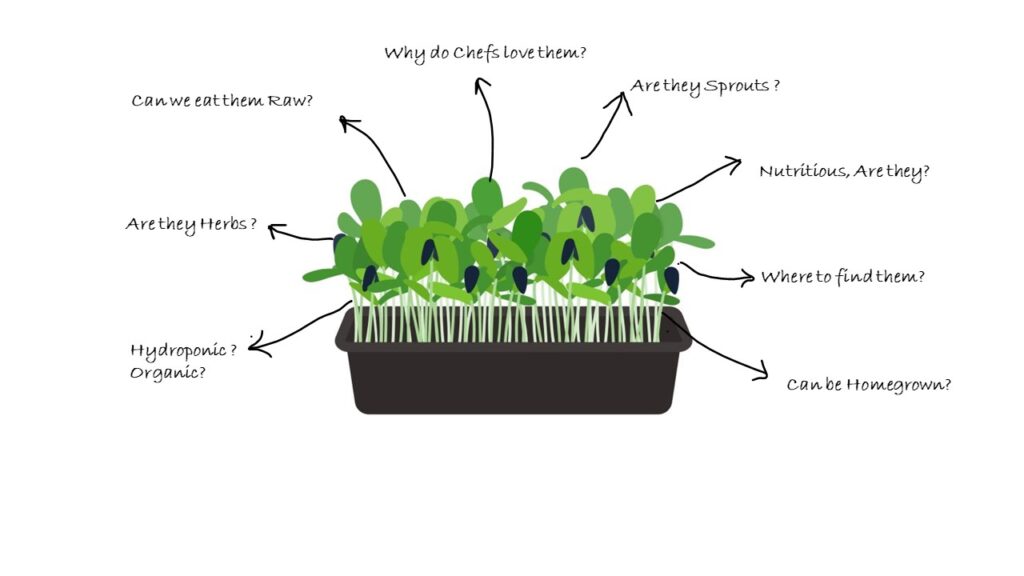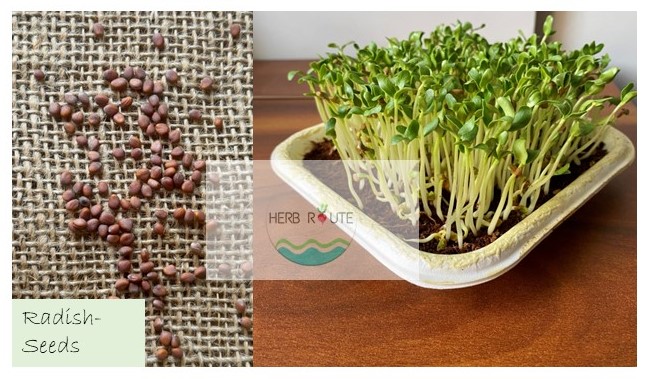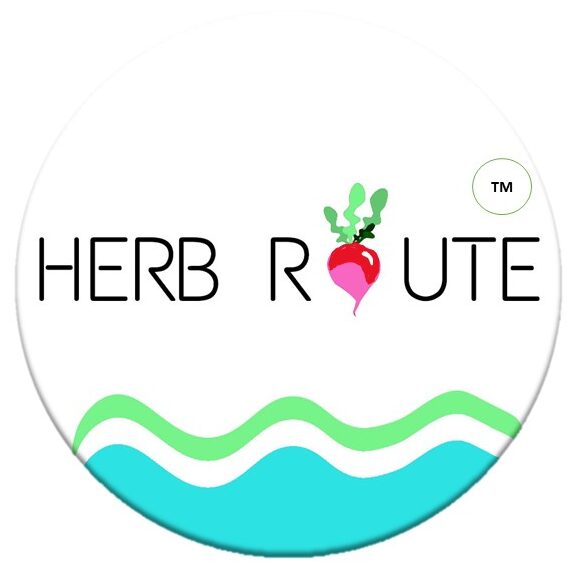Prelude
- Are you tired of consuming the same Boring Salads?
- Looking out for an interesting RAW ingredient to dress your Salad Plate?
- How do we make our daily salad diet SENSONATIONAL?
- Tired of hearing ” Nutrition and Taste rarely go together”
- Do you want to grow your own Food?
The one ingredient which has it all bundled together….
Its Raw, Exceptionally Flavorful, Nutrient Dense, can be easily Homegrown- It is – A Microgreen.
Breaking the Ice – What are Microgreens?

Let’s start with defining them –
‘Microgreens are immature greens, which means they are young & tender seedlings of various Herbs & Vegetables.‘
So, what differentiates them from their adult counterparts? Is it their appearance or their taste or the variety of seeds which are used to grow them? Well, it’s all of these, but the most important factor is their AGE of harvest.
Right Age of Harvesting Microgreens
Microgreens which are about 3-4 inches tall and are approximately 20 days old can be harvested. Though this is not the only criteria to judge the correct harvest timing. Speaking botanically the optimal stage to harvest microgreens, when their flavors and colors peak, is just after they develop their first set of TRUE LEAVES.
Sounds a little confusing. Never heard of a True Leaf. Right? In a tray full of Microgreens how do you find the First Set of True Leaf?
True Leaf Under Lens

As seen above on the right side we can see the first set of leaves which appear soon after the seed germinates. These are the Cotyledons or Seed Leaves and are the initial embryonic leaves. These leaves are actually the ‘Microgreens’ we harvest. When the plant is allowed to grow further, it would develop True Leaves, as seen on the left side in the picture above. True Leaves are the actual leaves which are unique in shape and colour to a particular plant species.
This early harvest stage is what gives them their concentrated flavors, vibrant colors, and dense nutrient content, which are prized by chefs and health-conscious consumers alike. They offer a unique culinary experience and nutritional benefits that set them apart from other types of vegetables.
Let’s try to answer a few questions that pop up in our minds about Microgreens and answer them one at a time.
Answering a few Basic Questions about Microgreens

Are Microgreens Sprouts?
Have we ever heard someone say – ” Microgreens are just another variety of Sprouts”.
Actually, they are distinct from both sprouts and mature leafy vegetables. While sprouts are typically harvested just a few days after germination and are consumed whole (including the seed), microgreens are harvested after the first true leaves have developed and are cut just above the soil line. They are not considered mature plants or leafy greens but rather fall into a unique category known for their young and tender shoots.
Are They Nutritious?

Microgreens are often regarded as ‘Superfoods’. This indeed is true about these tiny greens which are densely packed with minerals and vitamins. Recent studies have shown that the bioactive compounds in Microgreens are richer in antioxidants, alpha-tocopherol (Vitamin E), beta-carotene (pro-Vitamin A), ascorbic acid (Vitamin C) and phylloquinone (Vitamin K1). In fact, they have a much higher contents of each than their adult counterparts.
Can Microgreens Be Eaten Raw?
Most of them are grown to be part of our daily salad and raw diet. They add flavour and colour as food toppings in soups, sandwiches and smoothies.
Why do the Chefs around the world love them?
Just for a while let’s think like a specialty Chef. What do you expect they could be looking for as they toss up their salad recipes? Taste, Crunch, Colour – These greens have it all, making them a hot favorite with specialty and High-end gourmet Chefs across the globe.
Do Microgreens Supplement Nutrients in a Vegetarian/Vegan Diet?

Many of us who are vegetarians & vegans solely depend on plant-based food for our nutrition needs. At times the uptake of nutrients from a purely vegetarian/vegan diet is not enough. As an example, let’s consider the case of Vitamin A.Experts suggest that Retinol (an animal-based source of Vitamin A found in Egg yolk, Liver & Cod) gets absorbed at a much faster rate and a higher amount as compared to the Vitamin A from plant sources. This discrepancy in absorption occurs because Retinol is a chemically active compound, hence absorbed instantly by the human body, unlike its plant-based counterparts.
So, to compensate for this deficit the vegetarians and vegans must consume some enormous number of vegetables e.g. 200 + Carrots in case of Vitamin A which is practically impossible.
Microgreens are super packed with essential nutrients and hence even their small daily doses are enough.
The serving amounts below are the daily recommendations for Red Cabbage Microgreens to meet the needs of an average adult:
-
- 140 gm (5 oz), for Vitamin E.
-
- 39 gm (1.4 oz) of red cabbage microgreens for Vitamin C
-
- 17 gm (0.6 oz), for Vitamin K
Where do we find them?
These greens can be bought from Supermarkets which cater to exclusive hydroponic supplies. There are also local businesses selling hydroponic produce. Generally, they grow them as their niche products. Most of them would be offering a Monthly Subscription based model for their customers. Online grocery stores also stock them under Fresh Vegetables.
Can they be Homegrown?
Absolutely YES, without a doubt.
Are they Hydroponic or Organic?
Microgreens can be nurtured hydroponically over soilless medium which incorporates cocopeat, coco coir or oasis foam sheets, where they produce excellent growth results. By supplementing with organic nutrients, we would be able to harvest microgreens which are both Hydroponic as well as Organic.
They could be grown over soil medium too. Just the precaution to be taken here is that the soil should be sterile.
5 Easiest Homegrown Microgreens
1. Radish Microgreens-
One of the simplest Microgreens to grow is Radish (both white and red) If you are a beginner having no prior experience of cultivating microgreens, there is no better way to start than Radish. The size of seeds is neither too big nor too small, making it an ideal choice. These microgreens are super quick to harvest too and should be ready to consume within a week from seeding.

Details –
-
- Size of Seeds- Medium, globular
-
- Days to Harvest– 8-10 days
-
- Taste Profile – Spicy/ Peppery
-
- Colour-Bright Green
-
- Pre-Soaking of seeds needed – No
-
- Pro Tip- Excellent choice for beginners
2.Broccoli –
If you and your kids are not too fond of the peculiar taste of Broccoli, try growing these tiny nutrient dense plants. They not only add freshness to the taste but are also loaded with essential nutrients. Despite their small seeds they produce an abundant harvest. Excellent choice for those who detest greens.

-
- Size of Seeds- Small, globular
-
- Days to Harvest– 8-10 days
-
- Taste Profile – Milder than adult Broccoli/ Earthy
-
- Colour-Bright Green
-
- Pre-Soaking of seeds needed – No
-
- Pro Tip- Excellent substitute for those who are not fond of bitter taste of Broccoli
3. Pea Shoot Microgreens

-
- Size of Seeds- Medium, globular
-
- Days to Harvest– 8-10 days
-
- Taste Profile – Sweet taste of Peas with a refreshing twist
-
- Colour-Deep green
-
- Texture– Crunchy
-
- Pre-Soaking of seeds needed – Overnight
-
- Pro Tip- This is excellent topping for soups and salads
4.Beetroot

-
- Size of Seeds- Medium, crinkled
-
- Days to Harvest– 8-10 days
-
- Taste Profile – Earthy
-
- Colour- Bright green leaves with striking pink stems
-
- Texture– Soft and delicate
-
- Pre-Soaking of seeds needed – Overnight
-
- Pro Tip- Adds a splash of colour to soups and steamed veggies.
5.Sunflower

-
- Size of Seeds- Big
-
- Days to Harvest– 8-10 days
-
- Taste Profile – Nutty
-
- Colour- Dark Green
-
- Texture– Soft and Thick
-
- Pre-Soaking of seeds needed – Best is 4 hrs-6 hrs.
-
- Pro Tip- Adds texture to plain salads.

